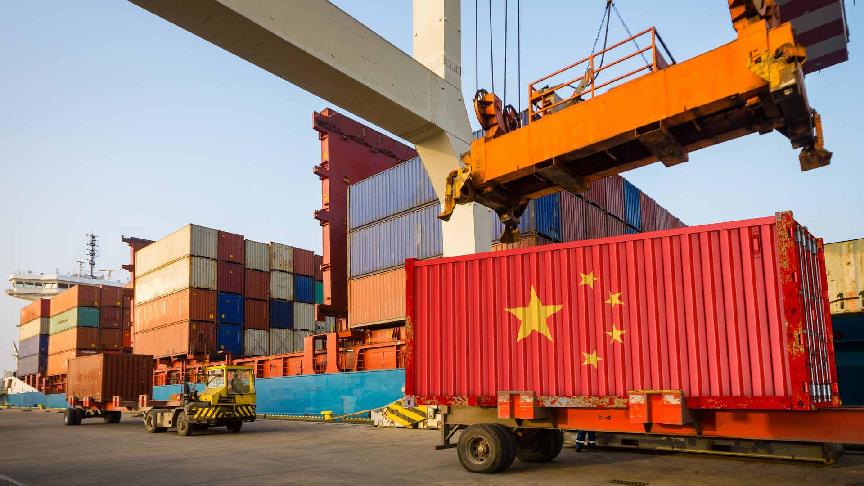In recent months, headlines have been dominated by wildfires and rising land temperatures, but another crisis is brewing beneath the surface – record-breaking ocean temperatures. The world's oceans are consistently surpassing surface temperature records, and this phenomenon could spell trouble for the shipping industry, leading to extreme weather conditions and substantial financial losses.
The Atlantic Ocean, in particular, is experiencing a worrying increase in temperature. According to the EU's Copernicus Climate Change Service, global ocean surface temperatures on July 31 reached a record-breaking 20.9648 degrees Celsius, narrowly beating the previous record set in 2016. However, the Atlantic Ocean's surface temperature surged to a remarkable 25°C, a full degree warmer than the previous high in 2020. This upward temperature trend has serious implications for the shipping industry.
The primary threat posed by warming seas to the commercial shipping sector is the increased frequency and intensity of weather hazards driven by ocean warming. These hazards include more intense hurricanes, heavier rainfall and snowstorms, and shifts in weather patterns, affecting shipping routes and port operations. For instance, the Panama Canal has already faced drought and water shortages, making passage less reliable and delaying vessels.
These changes in weather patterns not only threaten vessel owners and operators but also cargo owners and ports, with knock-on effects on global supply chains and broader economies. Successive winters in the North Pacific have seen incidents like the ONE Apus, a vessel that lost nearly $200 million worth of containers in late 2020 due to rough seas and storms.
Global warming is also contributing to the emergence of rogue waves and sudden storms far out at sea. A 2019 study found that the height of rogue waves was increasing by 1% year-on-year. These fast-changing weather patterns require ship designs and cargo configurations that can withstand such extreme conditions.
The rising sea levels resulting from high temperatures may necessitate significant modifications to port terminals, with an estimated cost exceeding $63 billion by the end of the century. Additionally, shipping's use of fossil fuels generates approximately 1 billion metric tonnes of greenhouse gases annually, contributing to ocean warming and climate change.







